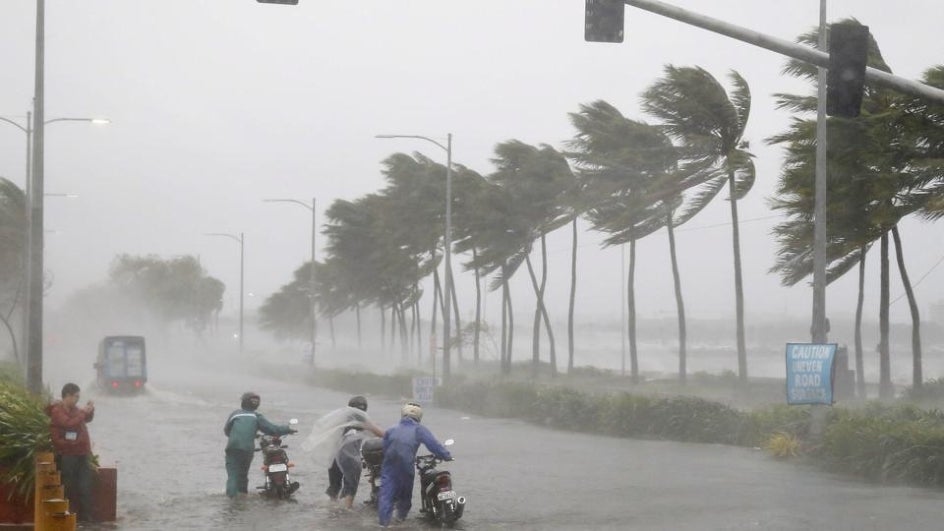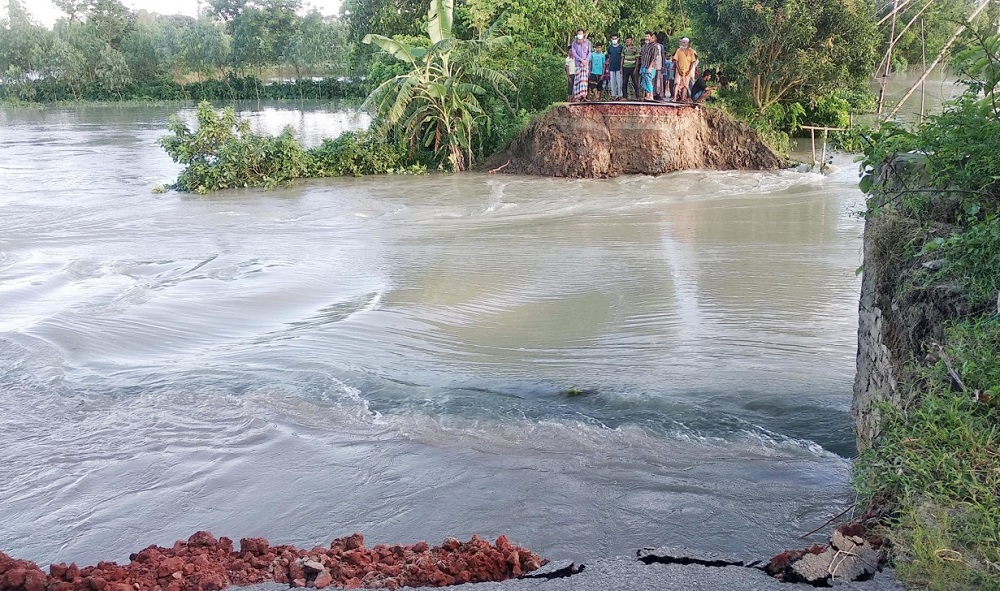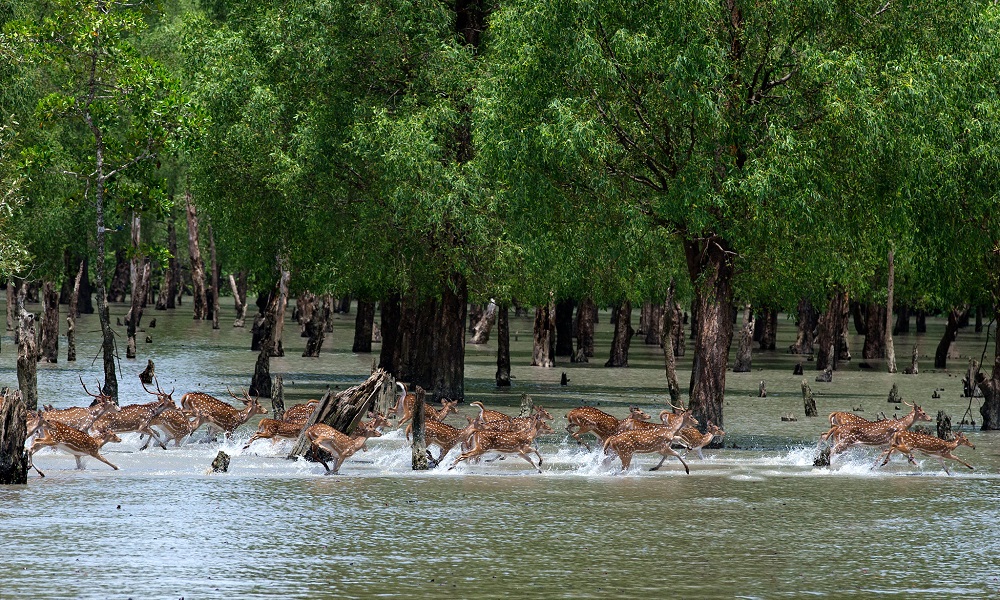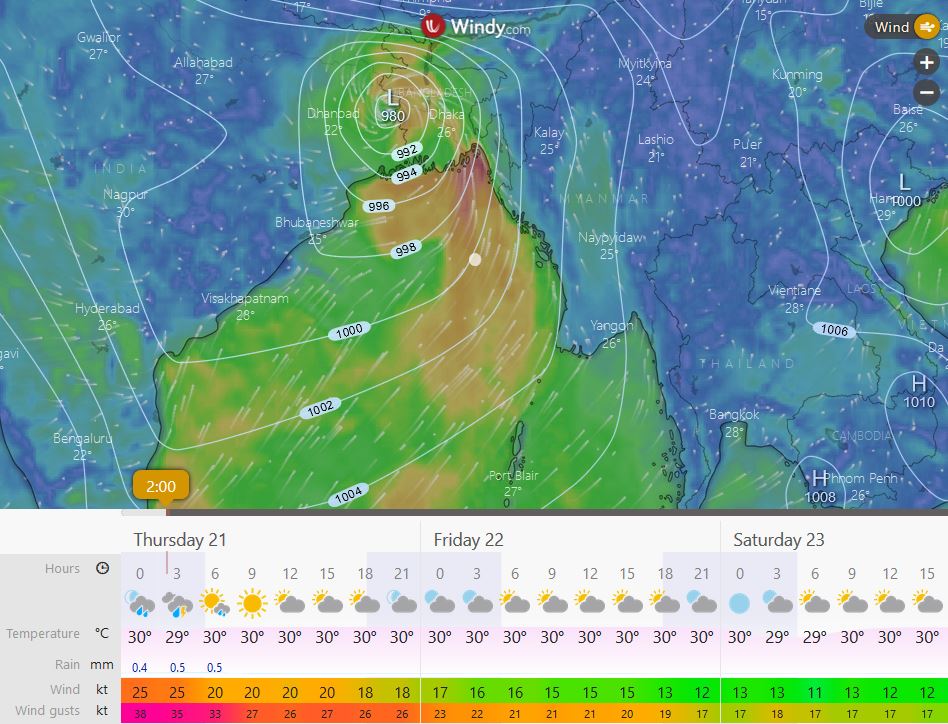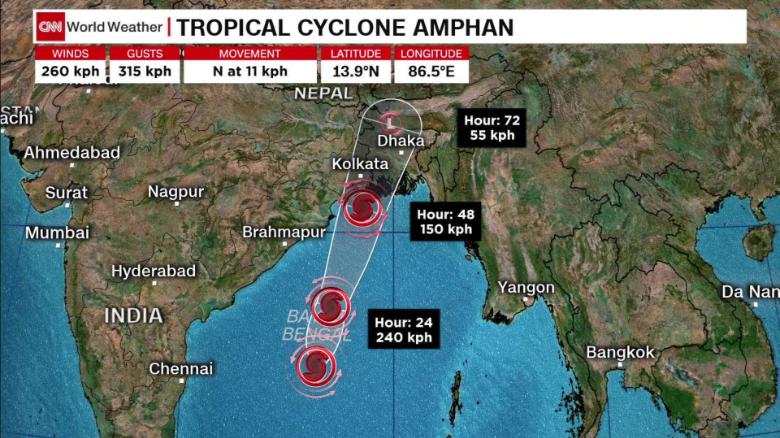Bangladesh is a nation blessed with many natural treasures and scenic beauties. But another aspect is the total opposite of those blessings. Bangladesh has been also cursed by many natural calamities including cyclones. Notably, Bangladesh has been registered as the country that every type of flood has visited throughout its history. In recent years, Cyclones have been a very worrying addition. Just the last year, the Hurricane Fani wreaked havoc on the coastal areas of Bangladesh and India. Moreover, the Cyclone Amphan is heading towards Bangladesh Coasts at a rapid rate and the Chittagong and Cox’s Bazar Area has been issued a level 9 and Mongla and Payra Area signal.
Because of the troubling history of Cyclones, it would be a good idea to take a look back at the 12 major Cyclones that had ravaged the Bangladeshi shores. So let’s have a look at the 12 cyclones below chronologically:
The Barishal Cyclone in 1965
The Barishal District has had the misfortune of dealing with Cyclones on a regular basis. This Cyclone is no exception. With a wind speed of 160 kmph, the unnamed cyclone continued its destruction along the shores. The casualty mark 19279 with 16456 in the Barishal region alone. The Cyclone was accompanied by a storm surge of 3.7-7.6 metre.
The December Cyclone in 1965
Similarly, another Cyclone again hit the country in the month of December. The wind speed was 217 kmph with a 2.3-3.6 meter storm surge. The victim count was much less than the previous cyclone with the number being 873.
The Cyclone of October in 1966
Another Cyclone that the coastal areas, hit the next year. The storm surge was 6-7 meters with a wind speed of 139 kmph. The cyclone claimed the lives of 859 people.
Bhola Cyclone in 1970
The most destructive cyclone to ever hit the Bangladeshi atlas was the Bhola Cyclone. It caused the deaths of at least 300,000 people in the low-lying region near the Bangladesh coastal lines.
The Cyclone of Urir Chor in 1985
Another devastating cyclone came in the form of Urir Chor Cyclone. It devastated over 94000 homes in the coastal region and 11069 people were killed. The Cyclone had a wind speed of 154 kmph and the Storm Surge was 3.0-4.6 meters.
Cyclone 04B in 1988
Another destructive cyclonic storm hit the coastal areas with a wind speed of 162 kmph along with a storm surge of 4.5 meters. The casualties were numbered at 5,708.
The Cyclone of April in 1991
Six years later, a tropical cyclone attacked the Chittagong district of southeastern Bangladesh on April 29, 1991. At least 138,000 Victims were reported to be killed by the cyclone. The fiscal damages were said to be around $1.5 billion.
The Cyclone of May in 1997
After another 6 year gap, A cyclone with a wind speed of about 230 kmph hour hit the coastal areas on the mont of May 1997. The victim count this time was 155 people.
Cyclone Sidr in 2007
This Cyclone was one of the most destructive natural Cyclones in Bangladesh. The new generation would remember the accompanying flood closing down social activities for a while. Sidr struck the country’s coastal belt wind speeds of up to 223 kmph. The Cyclone caused deaths of claimed 3,363 people.
Cyclone Aila in 2009
Cyclone Aila lashed into 15 offshore districts of south-western part of Bangladesh with a wind speed of about 120 kmph. About 150 lives were and 200,000 houses were damaged or destroyed in the aftermath.
Cyclone Mahasen in 2013
Cyclone Mahasen occurred near the Chittagong District with a wind speed of 85 km per hour. It caused the deaths of 17 people.
Cyclone Roanu in 2016
Cyclone Roanu affected the people and properties in a different way. Although it was a Cyclone with an 83 kmph wind speed, the landfall caused by it resulted in the killing of 26 people. Around 40,000 houses were destroyed in addition.
Cyclone Amphan in 2020
14 coastal districts experienced flood due to storm surges of Cyclone Amphan. There is a total of 4,115 hectares of land were used for cultivating mangoes with a target of 40,000 tonnes in the seven upazilas of Satkhira. Nonetheless, the cyclone Amphan spoiled at least 83 percent of mangoes.
Cyclone Yaas in 2021
It’s just heading towards Bangladesh. Click here to get live updates about Cyclone Yaas.
